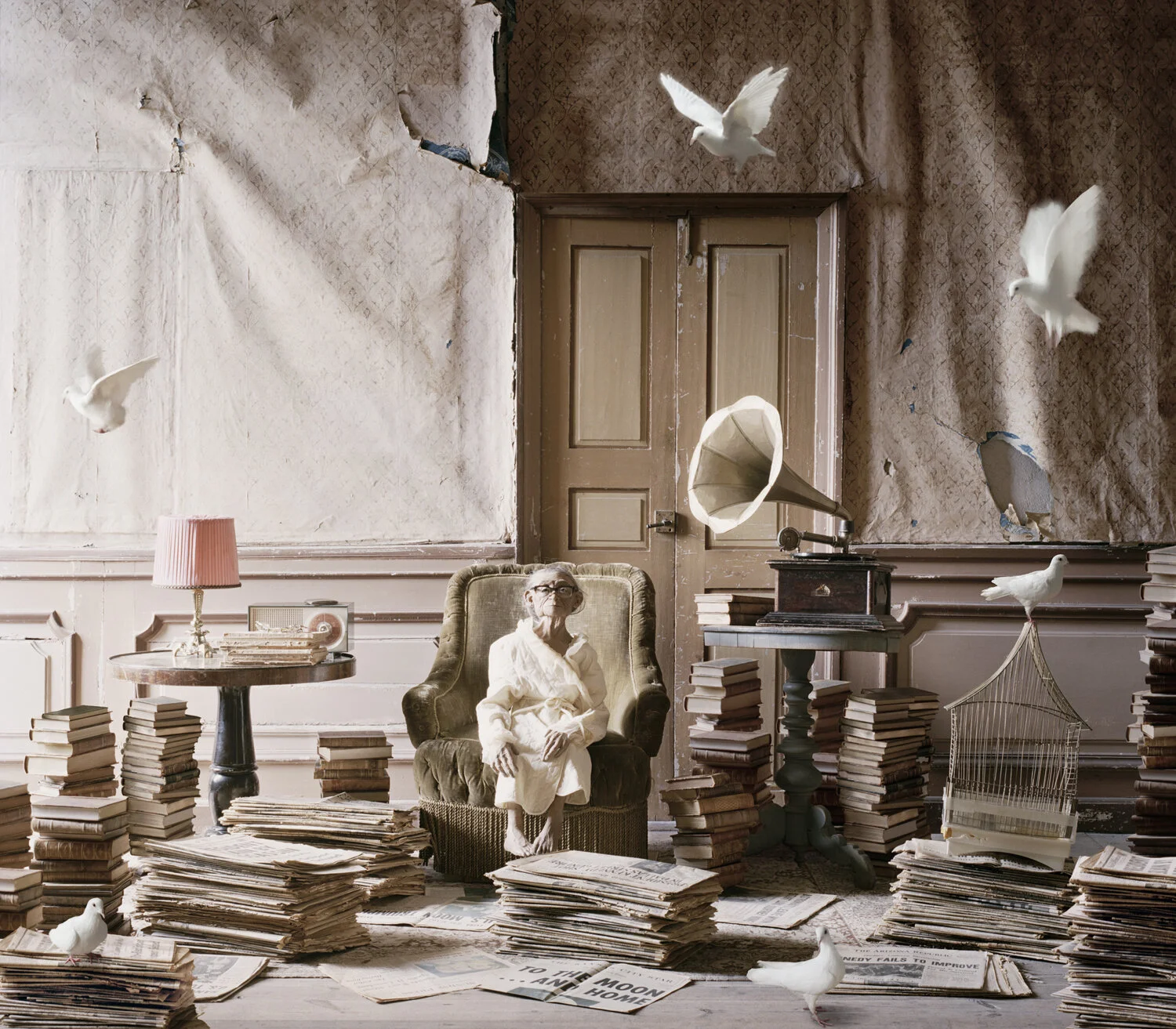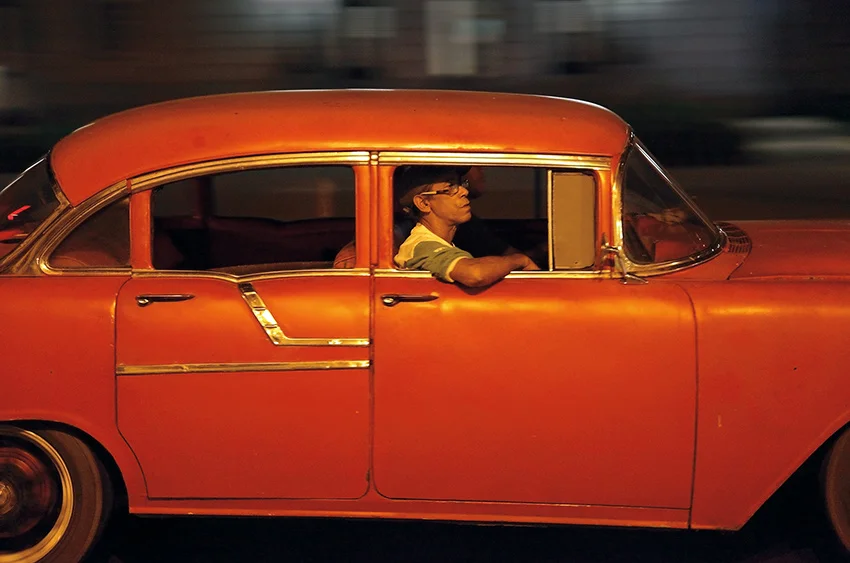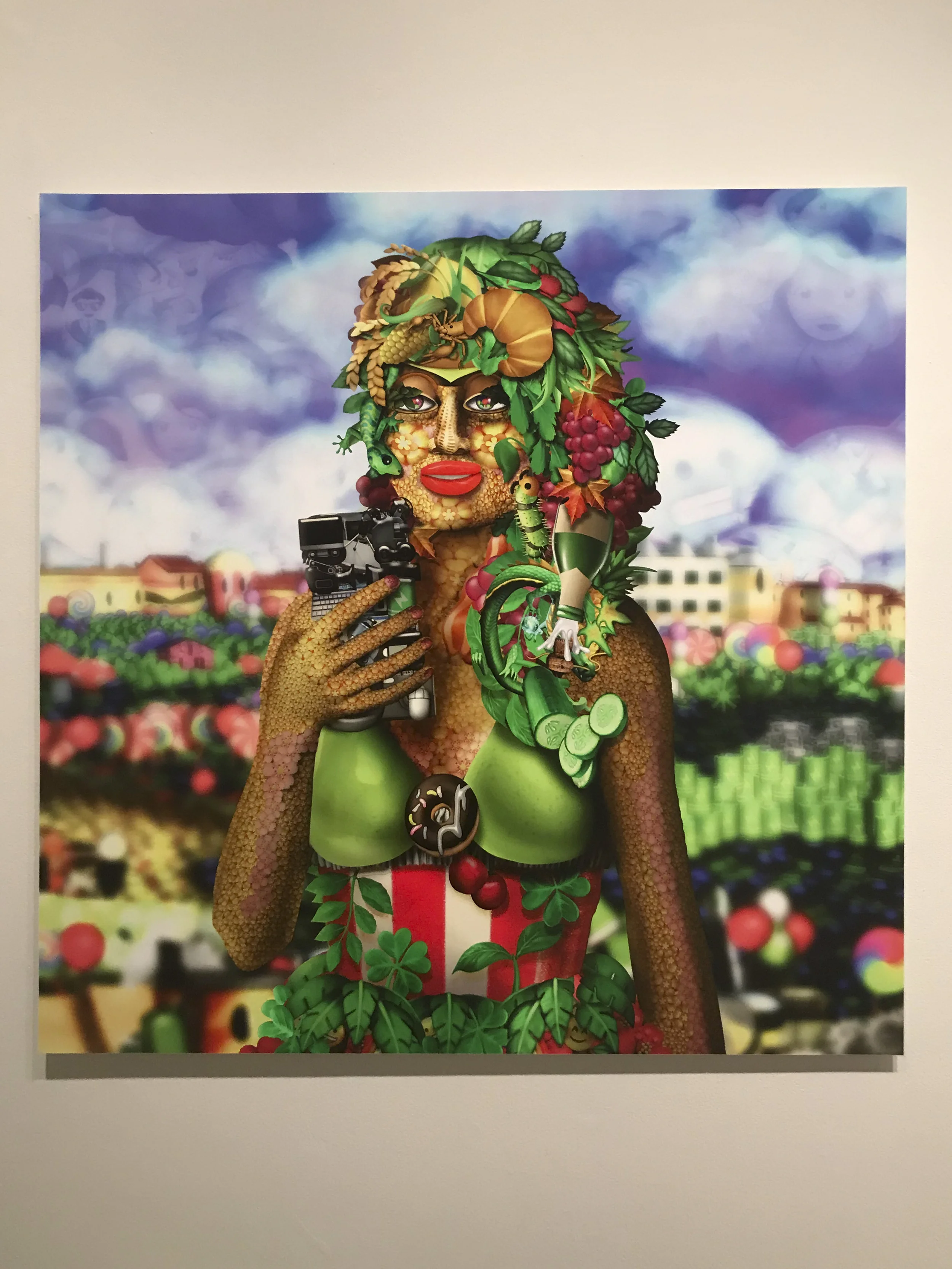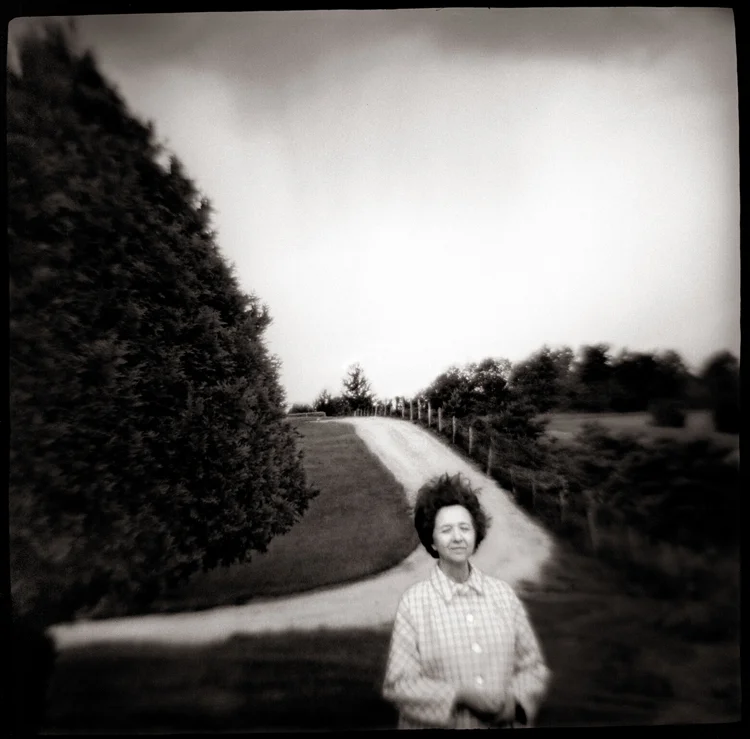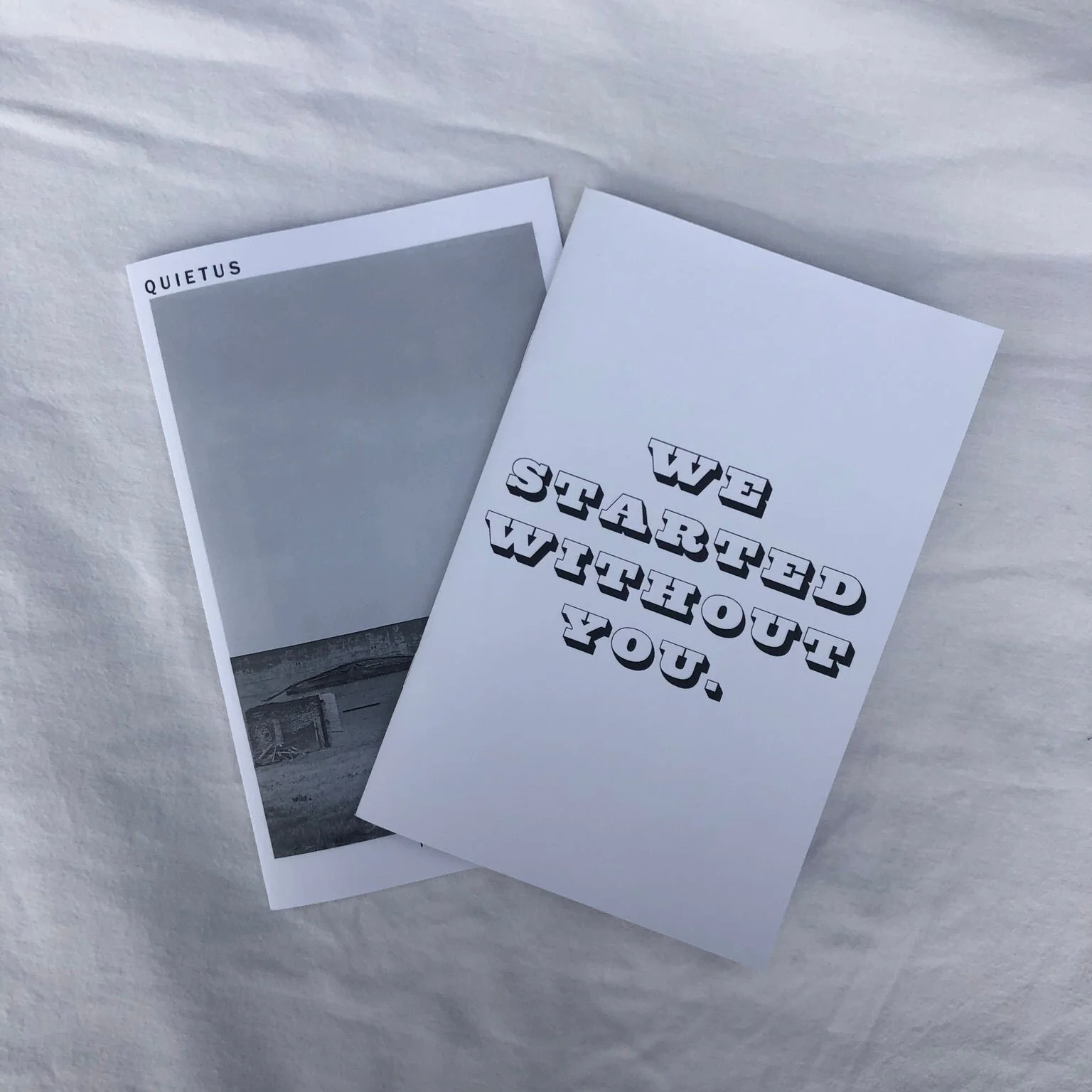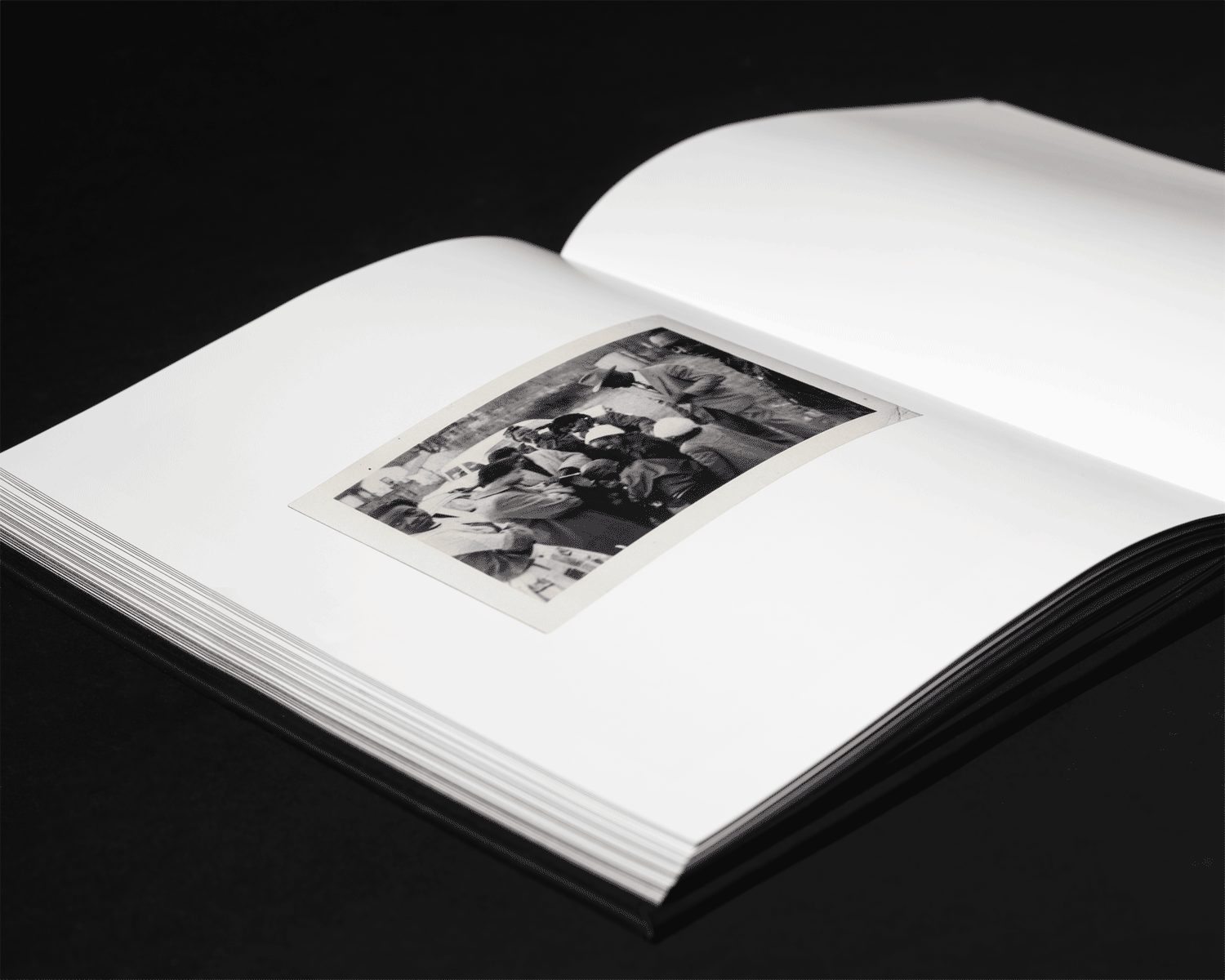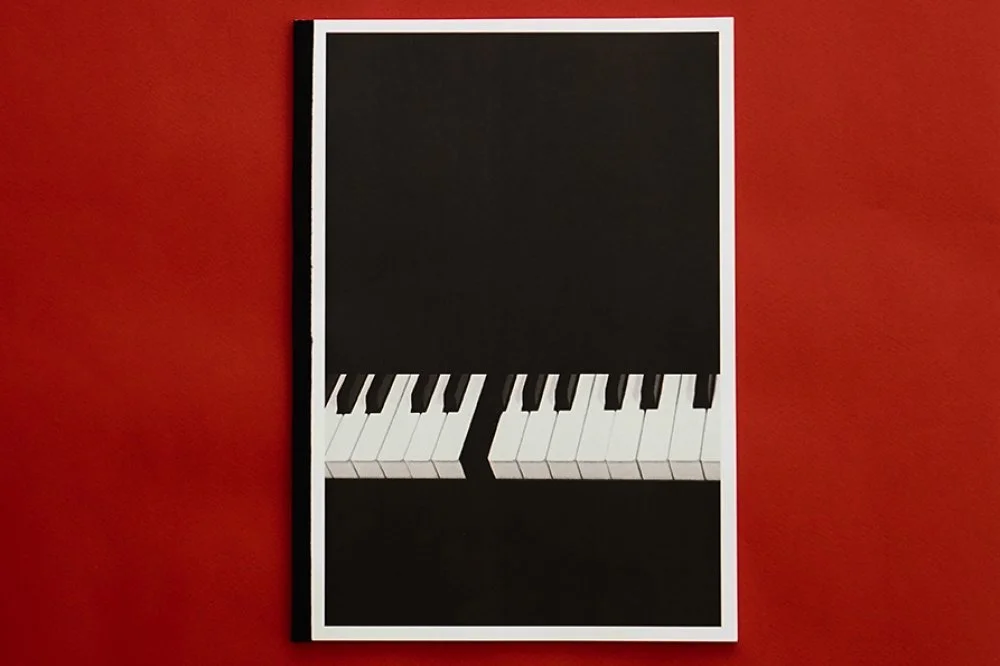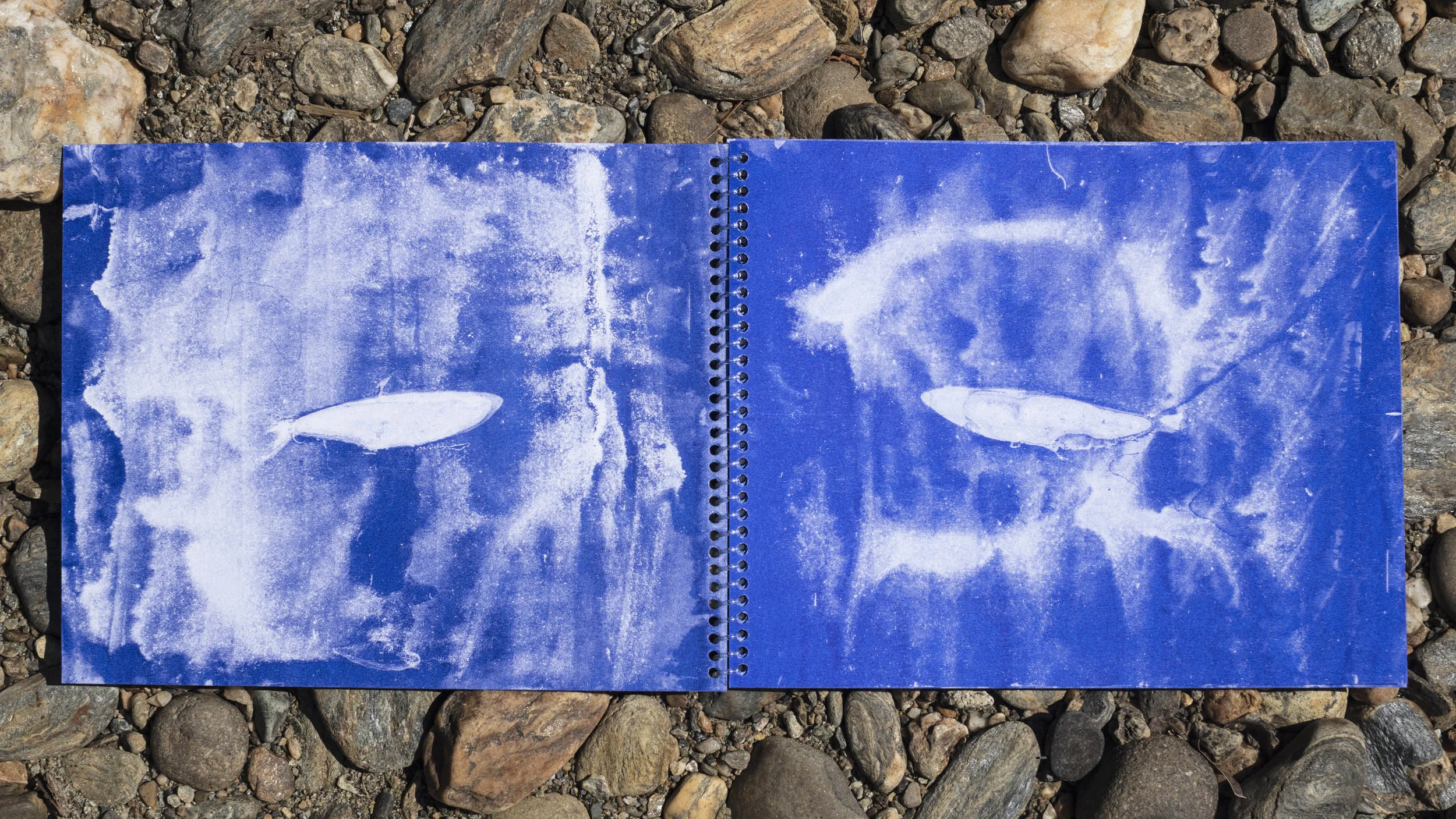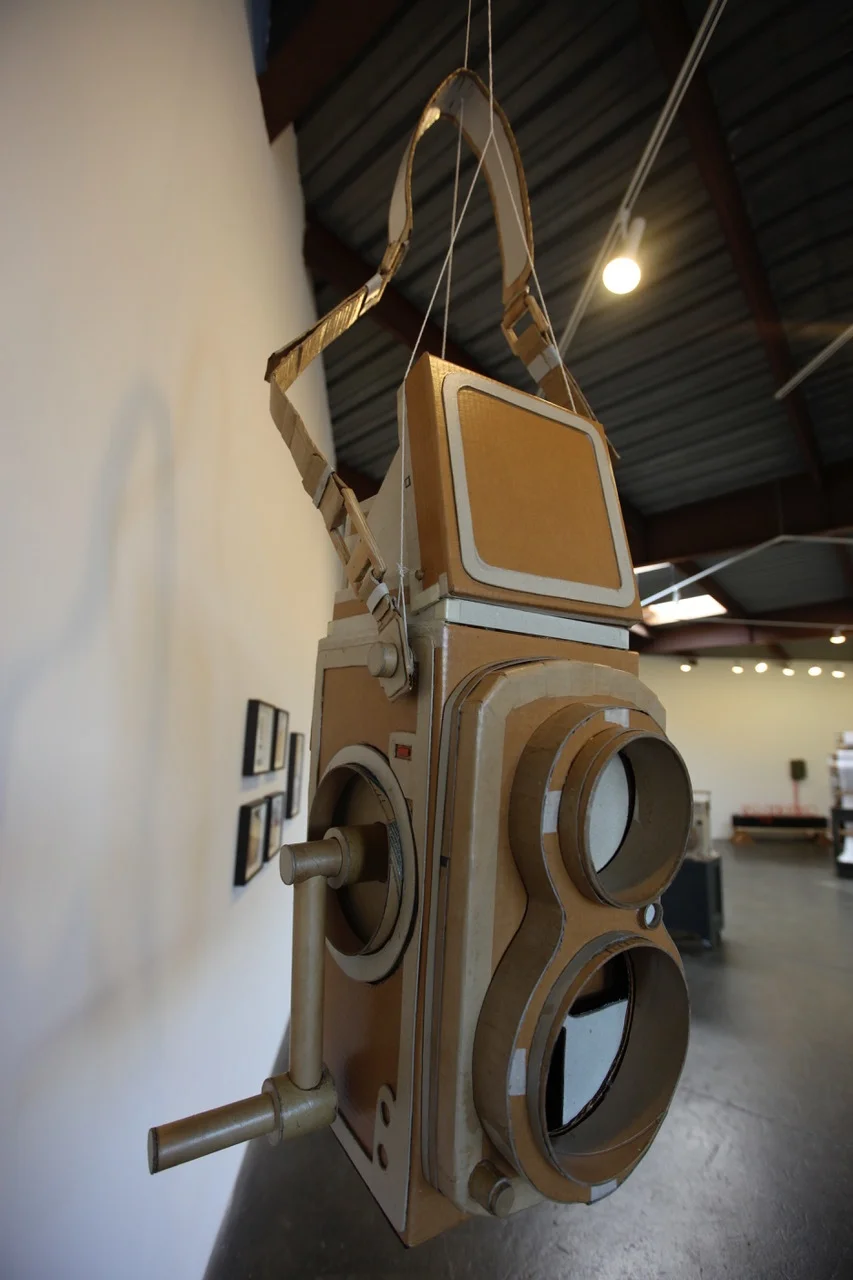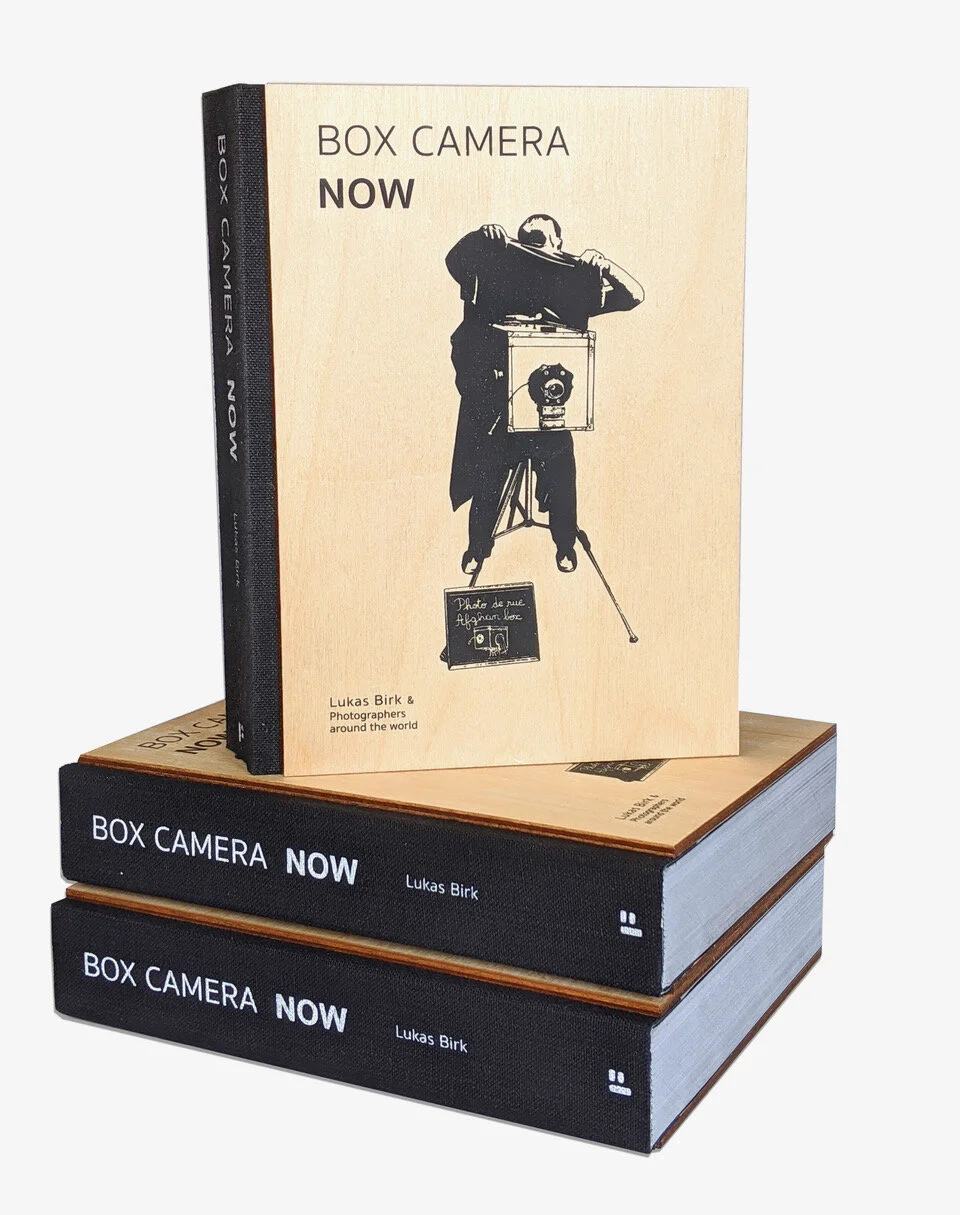Every month an exclusive edition run of a photograph by an artist featured in Don't Take Pictures magazine is made available for sale. Each image is printed by the artist, signed, numbered, and priced below $200.
We believe in the power of affordable art, and we believe in helping artists sustain their careers. The artist receives the full amount of the sale.
We are pleased to release June's print from Klara Johanna Michel. Read more about Michel’s work below.
Purchase this print from our print sale page.
Klara Johanna Michel
Untitled
Archival pigment print
9 x 7, signed and numbered edition of 5
$110
Klara Johanna Michel’s photographs verge on the mystical, transcending time and space. Embracing early techniques like Felice Beato’s hand-applied color, her portraits reference the early pioneers of photography. Their simplicity is reminiscent of Julia Margaret Cameron’s portraits of women, but with a contemporary twist that reminds us of today’s fashion advertisements.
Based in Germany, Michel studied communication design in Munich before she moved her focus to photography, continuing her studies in Berlin. "I started taking pictures playfully. The topics that I was interested in circulated around physical feeling and the dispute of growing up. Even back then, I noticed that I was focusing on the single image rather than on a series.”
Michel finds her inspiration in literature, horror movies, video, and above all, music. "Recently I started to compile mix tapes in relation to various images and themes. This connects my passion to music and composition and can be seen as a soundtrack to my images.” Although her images are ostensibly broken into different series, the fluidity between sittings and the time it takes to create individual images all speak with each other and we are able to see her bodies of work as an analogous and ongoing project. It is refreshing to discover a photographer who is not focused on finding the one right word, but the whole paragraph; not the signature image, but addressing the work as a continuous story.
Growing up in a small town in Germany, Michel found it difficult to make friends. This isolation, couple with the effects of her religious upbringing, plays a significant role in her work, causing her to find a creative outlet in the church. “I really liked the feeling of the Christian religion, which made me feel small and irrelevant. The dimension of the church, the bloody and cruel imagery, alongside the admirable and aureate sound of church music intrigued me; and it was fun to process my impressions and play with it. It may sound foolish but sometimes it makes me feel my place between good and evil.”
Michel focuses on the magic and mysticism of finding (or in this case, creating) a higher truth. Through her portraits, she transforms the literal figure into a greater story that encompasses religious art and its portrayal of women. On the surface, a portrait can only tell a portion of the subject’s story. Perhaps we can identify visual clues to place them in a certain region or denote a specific background, but allowing the subject’s essence to exude from their sitting gives them power. Michel works like a sculptor, careful with her time and with her subjects. Her images emphasize the strength of her sitters, allowing them the flexibility to find the right pose, the right gaze, and the correct gesture that will live on far beyond the click of the shutter. An emblem to permanence, she captures her human subjects much like the repeated motif of flowers in her imagery. Providing her subjects with a legacy beyond their own lifetime, she focuses on all things that will fade away—youth, beauty, a stolen glance, a fleeting gesture. Usually producing only one image per sitting, there is fragility in the capturing of these ephemeral moments.
Michel’s use of selective and limited color within the imagery is a strong reminder of the artist’s hand, allowing the viewer to connect with the photograph as an object. She explains that the application of color by hand is an integral part of her process, providing a closer connection to the photographs. After the print is made and hand-colored, she scans the piece into the computer for the next phase of its life. The tangibility of Michel’s work is important. Michel notes, "The picturesque component comes out of the compulsion of working by hand. The manually added color allows me to rear the portrait subject out of reality. In the future, I will work more with color film again, but the manual retouching will certainly remain." The distinctions between temporality and permanence blur when viewing these works. There is a timelessness to her subjects and the way they are portrayed but there is a contemporary slant, referencing fashion photography and giving these young women (for the most part) a higher standing as icons in this new art history. Michel encompasses all stages of art making and has found the direction of her voice.
Christian figures in religious icons have long been presented in specific symbolic poses and aesthetics. By photographing contemporary women in a manner that evokes these icons, Michel’s photographs bring these figures into a contemporary context that the viewer can relate to in today’s world. Though, with the emphasis on fashion and costuming, another conversation arises, speculating on what we hold in higher regard. In an age where we are constantly exposed to high saturation of fashion photography, Michel’s subdued approach allows the viewer to look beyond the articles of clothing worn, inviting the viewer to take a moment and recognize the subjects as part of something holier, something with a greater message to be disseminated.
Frances Jakubek is a lover and supporter of photography. She lives in New York City where she works at Bruce Silverstein Gallery. Jakubek is a resource for working artists and a champion for the photographic medium.
This article first appeared in Issue 8.







































